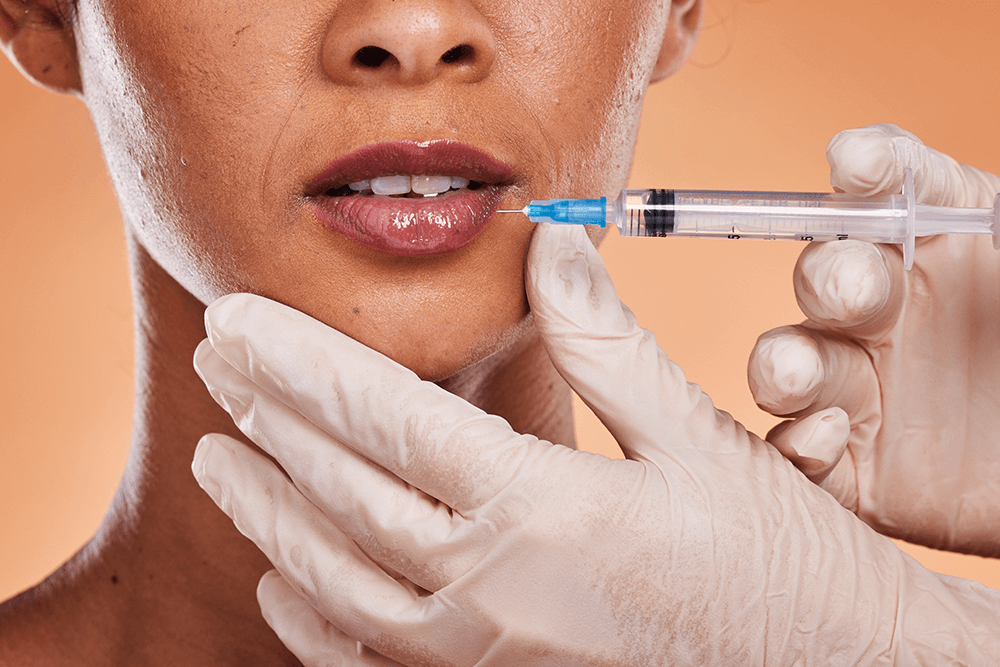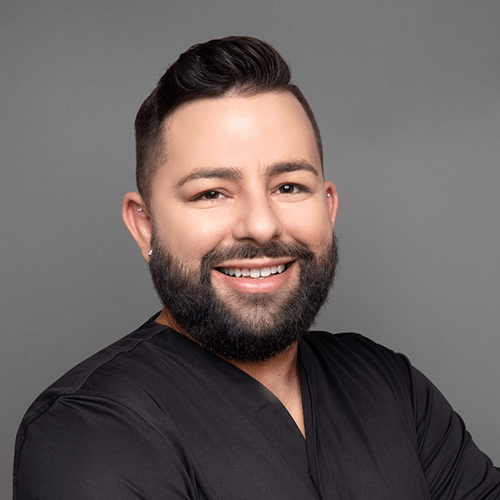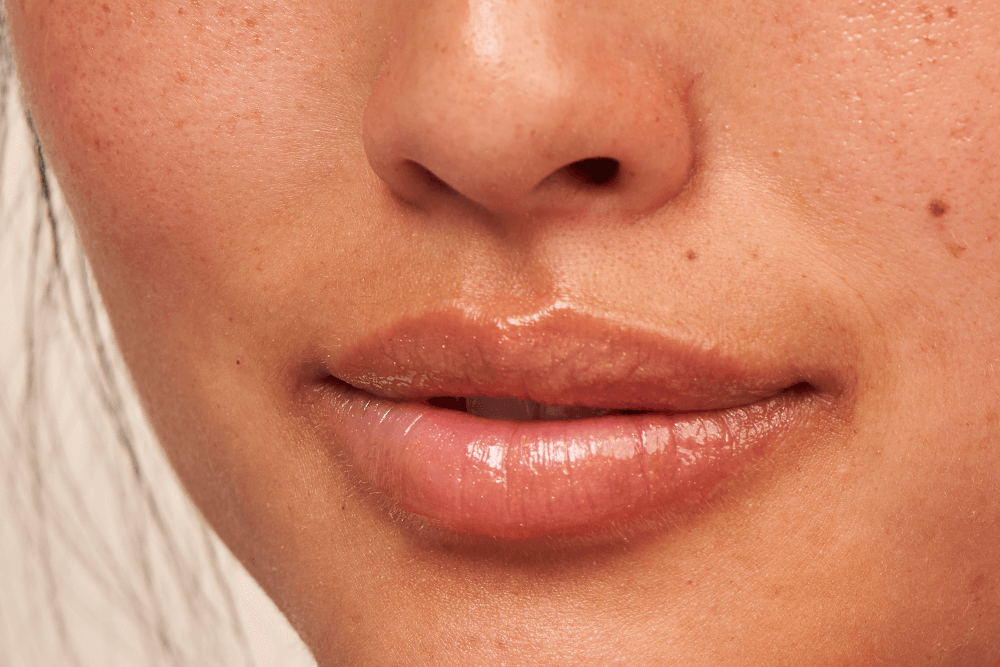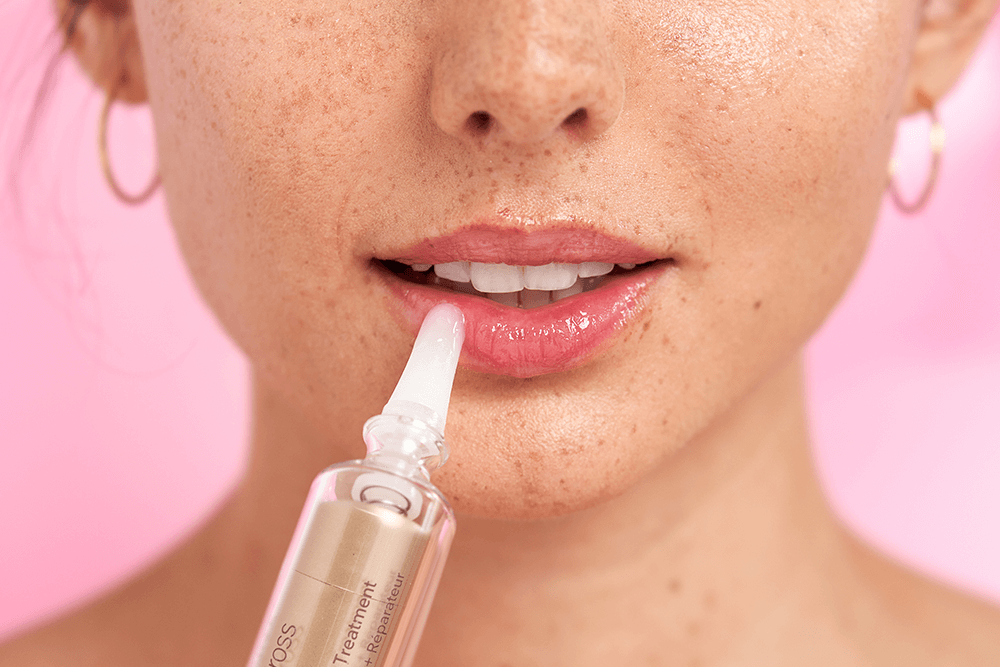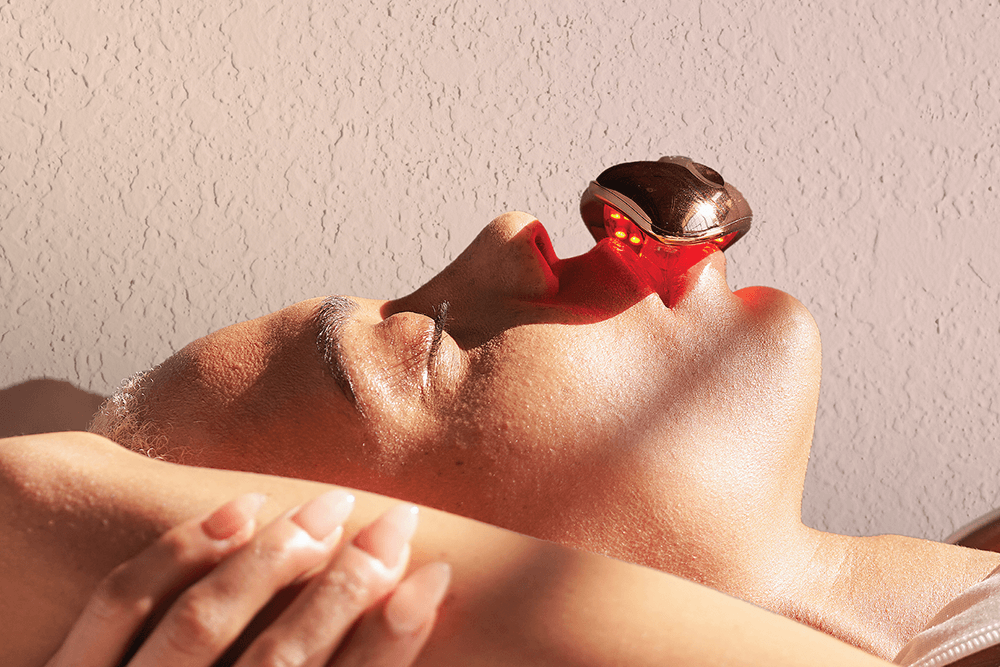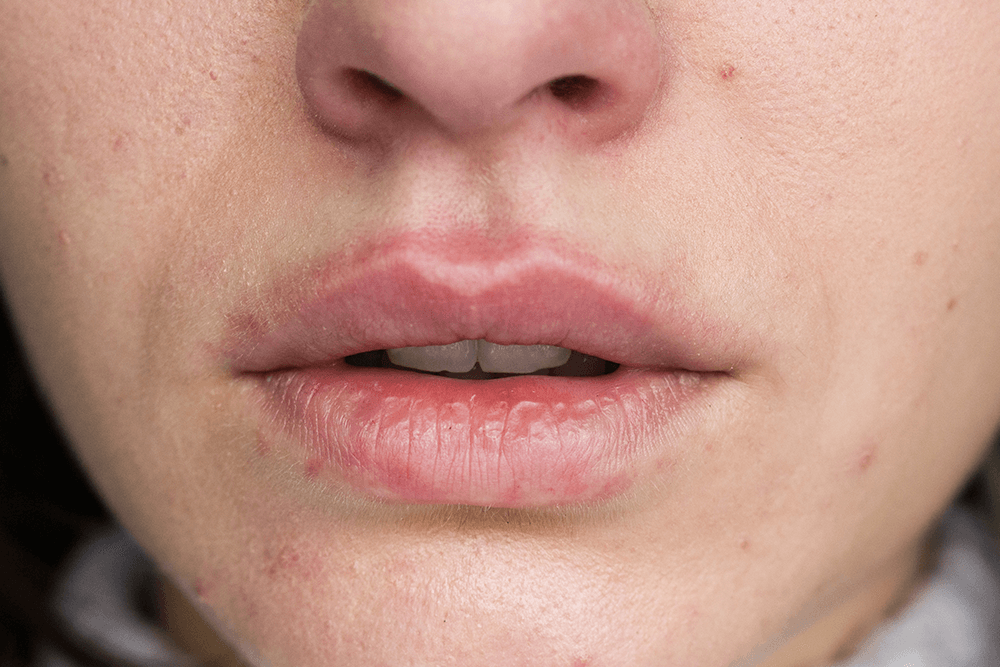The+Source
If this is your first time considering needle-based fillers, you likely have a few questions (or more than a few!). Before you book a session with your dermatologist, review our answers to some of the most common lip filler-related queries so that you can go to your appointment with some idea of what to expect.
What is lip filler?
Lip fillers are injectable treatments that add your desired level of volume to your lips, yielding results that are not permanent. The majority of injectable lip fillers are formulated with hyaluronic acid — the same moisture-attracting molecule popular in topical skincare. When hyaluronic acid gel is placed under skin via syringe, not only does it provide immediate fullness, the hyaluronic acid also draws in water from the surrounding tissue to help keep the area plump.
What are the different types of lip filler?
There are a variety of FDA-approved hyaluronic acid-based injectable lip fillers on the market. Some of the most popular are Belotero Balance, Juvéderm Volbella XC, and Restylane Silk. While they all have hyaluronic acid as a common ingredient, certain products can be better for correcting one lip-related issue versus another (lines, as opposed to fullness, for example), due to their formulation and way they interact with the body. That’s the reason many dermatologists prefer to use a combination of injectable lip fillers in a single visit, depending on the patient’s desired outcome.
Breadth of experience isn’t the only reason to have your lip filler injected by a trusted medical professional. While the risk of adverse outcomes from injectable lip fillers is low, the procedure is still a medical treatment that should be administered by a qualified professional, such as a dermatologist. Improperly injected lip filler can result in infection, filler migration, or — in worst cases — tissue death or permanently stretched lips.
What should you expect the first time you get lip filler?
Lips are sensitive! You already know that the skin there is among the thinnest on the body, which is what makes lips so prone to sun damage and dryness. And if you’ve ever had a pimple near your mouth, you’re already aware those can be the most painful type. The takeaway? Getting your lips injected with filler rarely feels like nothing. That said, your doctor will numb the area in advance, so the discomfort should be minimal.
During the procedure (which may take anywhere from 30 minutes to four times as long, depending on the complexity of the treatment), you’ll typically feel a slight pinch each time the needle is inserted in your skin. Your doctor may apply an ice pack to the area throughout the process to help minimize bruising and swelling.
How long does lip filler last?
Hyaluronic acid is naturally present and produced by our bodies. Eventually it breaks down and is reabsorbed by the body (#circleoflife). As such, the hyaluronic acid your doctor injects will also get broken down and absorbed by your body over time. Typically, the results from injectable lip fillers last about a year to a year and a half, although that number also depends on factors like your metabolism (a high metabolism burns energy faster, meaning fillers don’t last as long) and how well you take care of your skin (SPF!).
If you’re unhappy with the results of your injections, the good news is you don’t even need to wait 12 months for the filler to disappear. Your doctor can inject hyaluronidase, an enzyme that will dissolve the previously administered hyaluronic acid.
What are the post-care instructions after you get lip filler?
- Ice: You’ll want to continue to ice your lips for at least 10 minutes after your procedure is complete.
- Avoid puckering: Because you want to give your new filler time to settle in place, it’s best to avoid rubbing or puckering your lips for 24 hours after you leave the doctor’s office. This means no sipping from a straw, kissing, smoking (already a big no), or applying any lip products like lipstick or balm.
- Stay away from alcohol: Since alcohol thins the blood, which can increase the likelihood of bruising, it’s also best hold off on toasting to your newly filled lips until after 24 hours have passed. (It’s smart to avoid alcohol for 24 hours prior to your treatment as well.)
However, despite your best icing efforts, you may still experience swelling, bruising, or tenderness. Those typically only last a day or two but may persist for as long as a week.
Especially if it’s your first time getting injectable lip filler, you don’t want to make your appointment for the day before a big event, whether it’s a wedding or a presentation to the board. You want to ensure that there’s enough time for your skin to recover and also that you’re happy with the final results.
